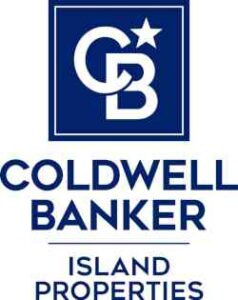Pending home sales have leveled from a market swing driven by response to the home buyer tax credit, according to the National Association of Realtors®. The Pending Home Sales Index, a forward-looking indicator based on contracts signed in December, increased 1.0 percent to 96.6 from 95.6 in November, and remains 10.9 percent above December 2008 when it was 87.1. In November, the monthly index had fallen by 16.4 percent from surging activity in preceding months.
Lawrence Yun, NAR chief economist, said it’s important to recognize how the tax credit is skewing market data. “There are easily understood swings in contract activity as buyers respond to a tax credit that was expiring and was then extended and expanded,” he said. “These swings are masking the underlying trend, which is a broad improvement over year-ago levels. December activity was the fifth highest monthly tally in two years.”
Buyers who have a contract in place to purchase a primary residence by April 30, 2010, have until June 30, 2010, to finalize the transaction to qualify for a tax credit of up to $8,000 for first-time buyers and $6,500 for repeat buyers.
The PHSI in the Northeast rose 2.3 percent to 76.1 in December and is 14.9 percent higher than December 2008. In the Midwest the index increased 5.2 percent to 86.9 and is 8.7 percent above a year ago. Pending home sales in the South rose 2.2 percent to an index of 98.4, and are 5.5 percent higher than December 2008. In the West the index fell 3.8 percent to 119.9 but is 18.6 percent above a year ago.
Yun projects the extended and expanded tax credit will encourage 2.4 million households to take the credit in 2010. “While new-home sales will remain low due to a lack of construction, existing-home sales are projected to rise to around 5.6 million in 2010,” Yun said. Last year there were 5.16 million existing-home sales.
He added that one of the greatest benefits of rising sales will be firming home prices. “For several months now we’ve been seeing stabilization in all of the home price measures as inventory is pulled down,” Yun said. “As a result, the housing wealth for many middle class families has begun to stabilize.”
The National Association of Realtors®, “The Voice for Real Estate,” is America’s largest trade association, representing 1.2 million members involved in all aspects of the residential and commercial real estate industries.
# # #
The Pending Home Sales Index is a leading indicator for the housing sector, based on pending sales of existing homes. A sale is listed as pending when the contract has been signed but the transaction has not closed, though the sale usually is finalized within one or two months of signing. The index is based on a large national sample, typically representing about 20 percent of transactions for existing-home sales. In developing the model for the index, it was demonstrated that the level of monthly sales-contract activity from 2001 through 2004 parallels the level of closed existing-home sales in the following two months. There is a closer relationship between annual index changes (from the same month a year earlier) and year-ago changes in sales performance than with month-to-month comparisons.
An index of 100 is equal to the average level of contract activity during 2001, which was the first year to be examined as well as the first of five consecutive record years for existing-home sales.
Existing-home sales for January will be reported February 26 and the next Pending Home Sales Index will be on March 4; release times are 10 a.m. EST.
